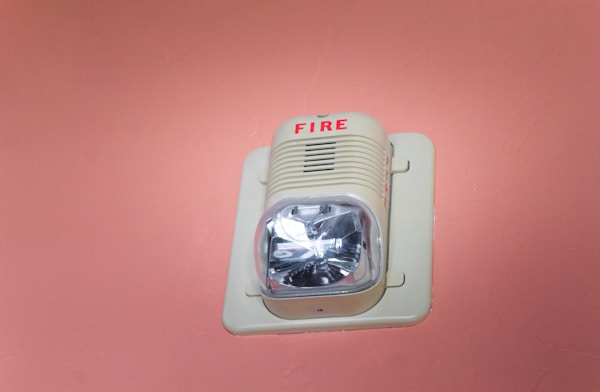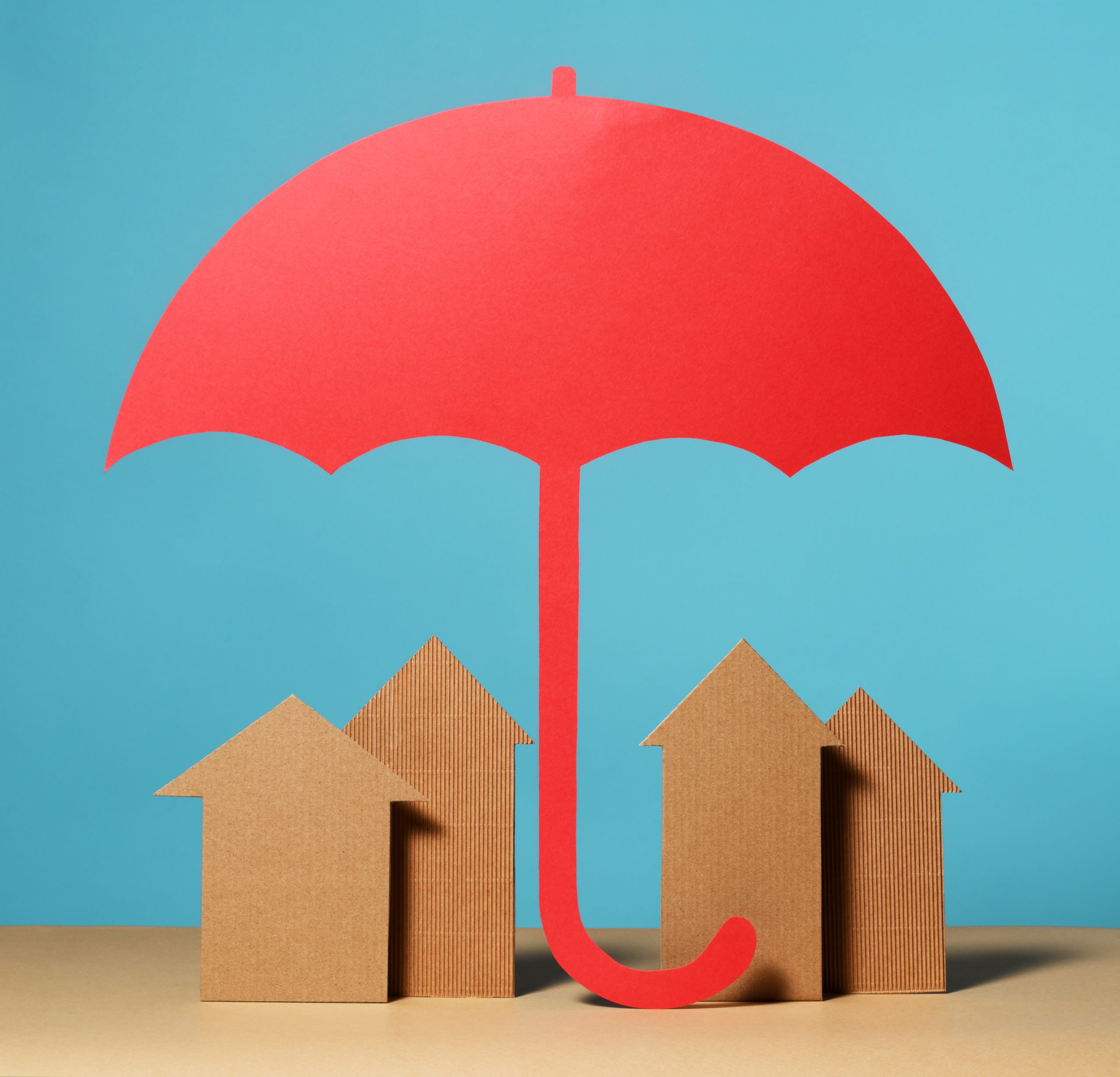When it comes to home insurance, there are a lot of things to think about. But, above all, it is important to have some kind of coverage in case of an unexpected event. There are all sorts of things that could happen to your home, and it’s important to have a plan in place in case of disaster.
Some of the most common reasons people need to file a homeowner’s insurance claim are because of natural disasters such as fires and tornadoes. But, homeowner’s insurance can also help you cover costs if your home is damaged by another incident, if someone gets hurt on your property, or if your belongings are stolen. In order to make sure you are fully protected, it is important to find the right home insurance policy for your needs.
If you’re shopping for Illinois home insurance, there are many factors that can affect your rates. The most significant factors are the age of the home, the type of home, the materials used to build the home, and the location of the home. Homes that are older than 50 years tend to have higher rates than homes that are newer because they are seen as being more likely to have expensive damage. Homes made from brick or stone tend to have higher rates than homes made from wood or vinyl because they are seen as being more likely to suffer damage from fire or wind. Homes located in areas with a high crime rate will also have higher rates than homes located in safer areas. Let’s take a look at a few things that can impact your homeowner’s insurance.
Location

Location is one of the most important factors that affect home insurance rates. The location of a house can determine how much it costs to insure the property. Factors such as the crime rate in the area and the weather conditions can all affect how much homeowners insurance costs.
For example, a home in a high-crime area will likely have higher premiums than a home in a low-crime area. Homes in areas that are prone to natural disasters, such as wildfires or hurricanes, will also have higher premiums than homes in areas that are not affected by natural disasters. Your insurance company will use your zip code to help inform the rates for your insurance.
Age of the House

The age of your home is another factor that will affect home insurance rates in Illinois. The older a home is, the more likely it is to have damage, and the more expensive it is to insure. Home insurers usually give discounts to homeowners who have newer homes, as they are considered less risky.
Claims History
Your claims history includes information about any previous insurance claims that have been made. Insurance companies use this information to determine how likely you are to make a claim and how expensive it will be if you do. Policyholders with a good claims history are more likely to get lower rates, while those with a bad claims history will likely pay more for insurance. This is because people who have made multiple claims in the past are seen as being riskier and, therefore, more expensive to insure.
Home Safety Features

Insurance companies often reward customers for taking steps to make their homes safer. One way they may do this is by providing a discount on home insurance premiums for those who install security or safety systems. These systems can include security alarms, smoke detectors, and sprinkler systems. They can also include things like deadbolt locks, window locks, and security cameras. The idea behind these discounts is that homeowners are reducing the risk of a home insurance claim by installing these systems. This, in turn, reduces the cost of insurance for everyone.
Overall, there are many factors that affect home insurance rates. Some of the most important factors are the home’s location, the age of the home, the type of home, and the risk of an insurance claim. However, no matter your situation, you can find the best home insurance for your needs with some time and research.


